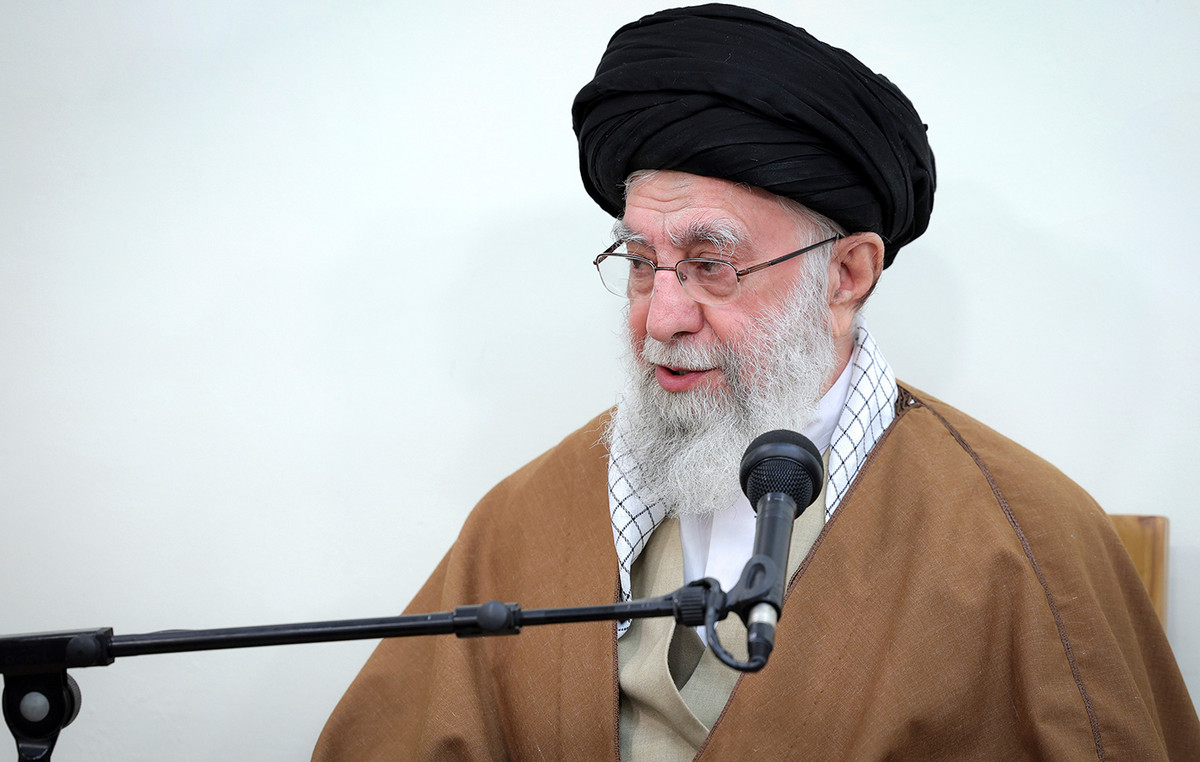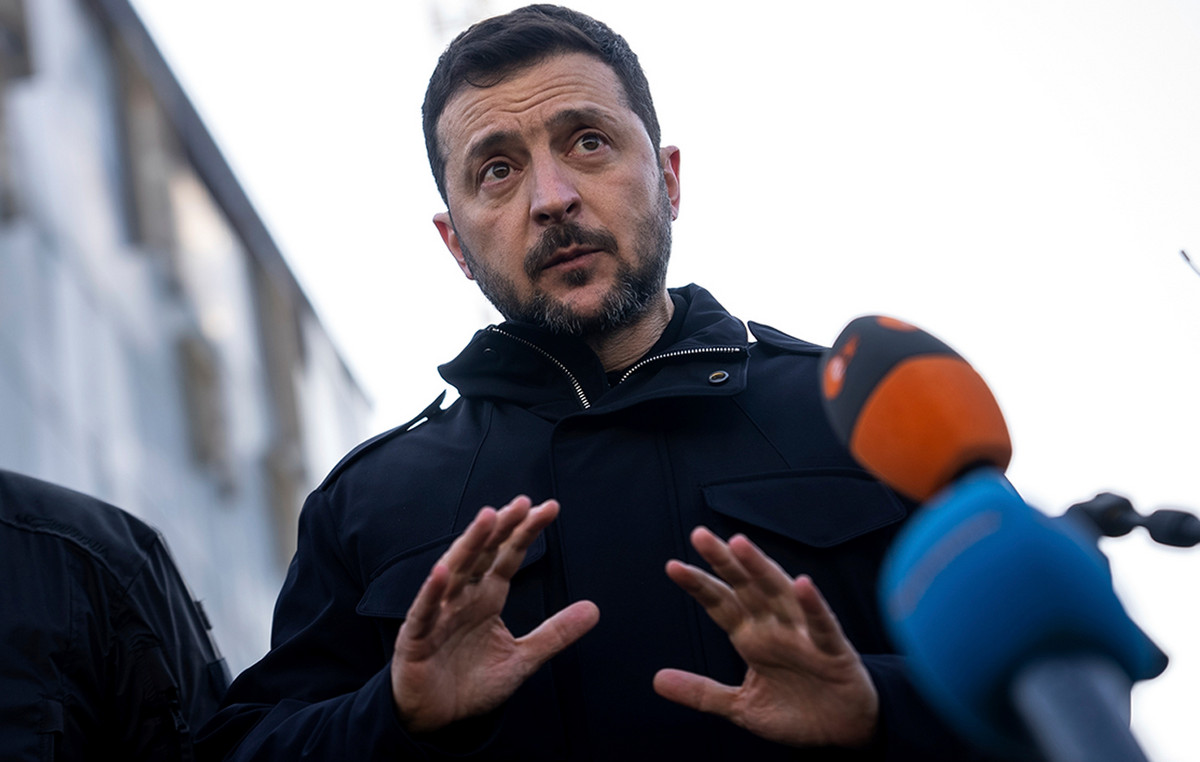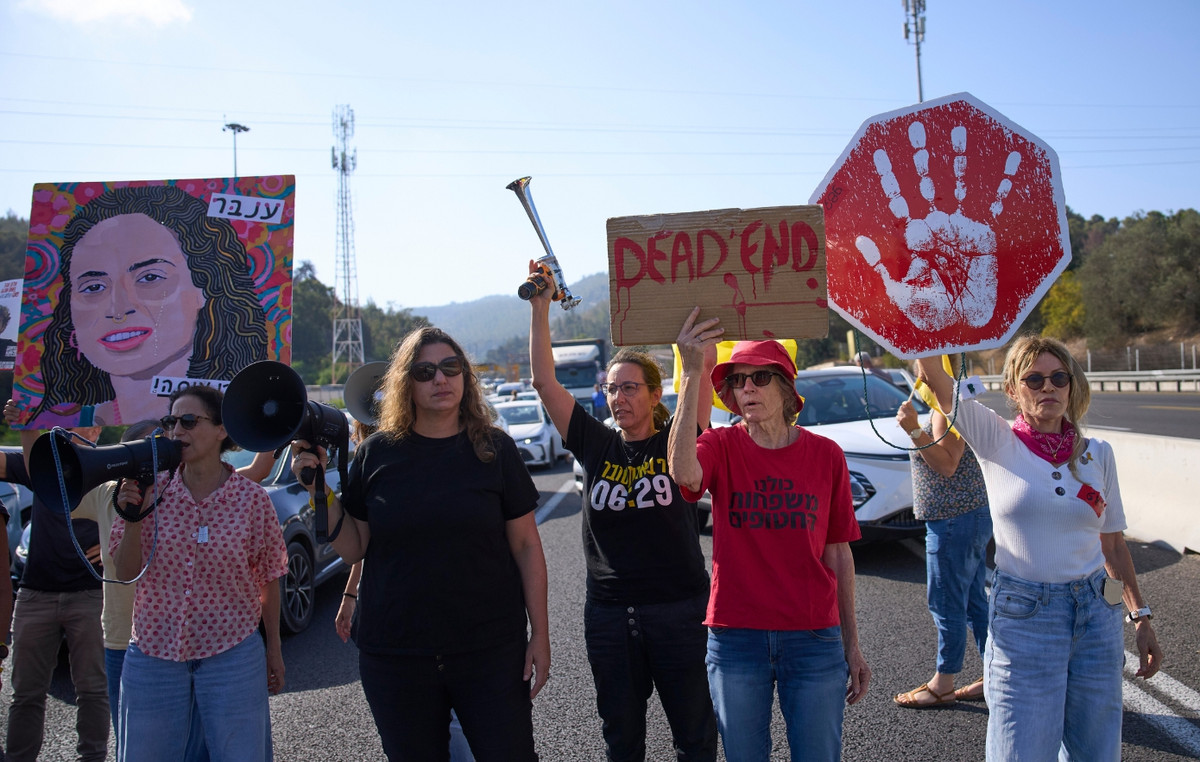The family of Tina Turner, who died at the age of 83 on Wednesday (24), has not disclosed the artist’s cause of death. In a statement, family members said she died after a “long illness”.
“Tina Turner, the ‘Queen of Rock & Roll’ died peacefully today, aged 83, after a long illness at her home in Küsnacht, near Zurich, Switzerland,” reads the statement. “With her, the world loses a music legend and role model.” CNN is still awaiting a response from representatives of Tina Turner.
Over the last few years the artist has developed some health problems. In her autobiography, released in 2018, Turner spoke about her health, saying she had already suffered a stroke, battled intestinal cancer and had a kidney transplant.
The organ was donated by her husband, the German Erwin Bach, in 2017. “I like to say that my new birthday is April 7, the day of the transplant, the day my husband selflessly gave me the gift of life and the my body was reborn”, said the artist about the episode.
New life
After having a painful married life alongside Ike Turner, who attacked her and from whom she managed to escape in 1976, the singer married Emi’s promoter. She met him at age 46 – he was 30 – in 1985. The couple moved to Switzerland in 1995 and made their relationship official at a civil ceremony in July 2013. He called her “Bärli” (German short for “little bear”) ”) and “Schatzi” (“darling”).
“As a Buddhist [e como alguém que viveu por muito tempo]I learned that there is birth, the day you are born, and rebirth, when something changes or you are given a second chance,” wrote Tina Turner in the introduction to her autobiography.
The singer considered that her second marriage was one of the events that “profoundly transformed” her life. And the other was Bach’s decision, in 2017, to offer her the kidney when hers failed.
Tina Turner was raised as a Baptist but converted to Buddhism, following the current of Soka Gakkai. It was during those terrible years with Ike Turner that she discovered Buddhism. To get through the situation, she was “willing to try anything”. She started by chanting some of the mantras – a traditional practice that serves to prepare the mind for meditation – and meditating.
The singer admitted that the change was important because it made her see the world from a different perspective: accepting better what surrounds her and focusing on what is essential and that it is within her power to change.
However, she claimed to believe that all religions end up being similar, they just use different means and words to reach the same destination.
The Queen with Spiky Hair and High Heels
Turner, often called the “Queen of Rock ‘n’ Roll”, was one of the greatest female singers of all time, best known for hits such as “What’s Love Got to Do with It” and “(Simply) The Best”.
A dazzling live performer, Turner had a string of R&B hits in the 1960s and early 70s with her domineering and violent husband, guitarist Ike Turner, before leaving him – running away from her Dallas hotel room with 36 cents.
Her solo career fizzled out for years before she mounted an impressive comeback in 1984 with her multiplatinum album “Private Dancer” and its #1 hit “What’s Love Got to Do With It.”
Before long, Turner was a global superstar, commanding MTV with her spiky wigs, short skirts and famously long legs strutting around concert stages in three-inch heels.
The video for her song “What’s Love Got to Do with It,” in which she called love a “second-hand emotion,” hit the top of the charts and epitomized 1980s style as she paraded through the streets of New York with her spiky blonde hair.
Turner won six out of eight Grammy Awards in the 1980s.
The decade saw her place a dozen Top 40 songs, including “Typical Male”, “The Best”, “Private Dancer” and “Better Be Good to Me”.
His 1988 concert in Rio de Janeiro attracted 180,000 people, which remains one of the largest concert audiences for any artist.

While her resilience has made her a hero for battered women everywhere. When she sang about pain and heartache in her husky, high-pitched voice, every word rang true.
“For a long time I felt trapped, with no way out of the unhealthy situation I found myself in,” she told the Harvard Business Review in 2021.
“But then I had a series of encounters with different people who encouraged me… And once I could see myself clearly, I started to change, paving the way for confidence and courage. It took a few years, but I was finally able to stand up for my life and start over.”
“He knew I had star potential”
She was born Anna Mae Bullock in 1939 to poor sharecroppers near Nutbush, Tennessee, a rural community north of Memphis that she later made famous in her autobiographical song, “Nutbush City Limits.” She spent her early years living with her grandmother after her parents separated.
“We were not in poverty. We had food on the table. We just didn’t have fancy things like bicycles,” Turner said in a 2005 interview with Oprah Winfrey.
“We were church people, so at Easter we tidied up. I was very innocent and didn’t know much else. I knew radio – BB King, country and western,” Turner said.
“That’s about it. I didn’t know anything about being a star until white people allowed us to come down and watch television once a week,” she added.
After her grandmother’s death in the 1950s, Turner and her sister Ruby moved to St. Louis. Louis, Missouri, to live with his mother.
It was in St. Louis that she started visiting some of the local clubs and met musician Ike Turner, whose band, Kings of Rhythm, was popular in the area. He recruited her at age 17 to join his band as a singer.
“Ike had to come over to the house and ask Ma if I could sing with him. He knew I had the potential to be a star. We were close, like brother and sister,” Turner told Winfrey.

“On his nights off, we’d drive around town and he’d tell me about his life, his dreams. He told me that when he was young, people thought he was unattractive. It really hurt him. I felt bad for him. I thought, ‘I’ll never hurt you, Ike.’ I meant it. He was so nice to me at the time, but I saw another side of him.”
She began performing as Tina Turner, and in 1960 they formed the Ike & Tina Turner Revue. Their relationship evolved and their son Ronnie was born the same year. They were married in 1962 and raised four children, including two children from Ike’s previous relationships and Tina’s son, Craig, also from a previous relationship.
Rise to international fame
By this time, a friend had introduced Turner to Buddhism and its chanting practice, to which she attributed the strength to leave her husband. Raised a Baptist, Turner embraced Buddhism wholeheartedly in midlife and says its teachings changed her life.
“I came to understand that any achievement stems from an inner change,” she told the Harvard Business Review. “The more I studied Buddhist principles, the deeper I dug within myself and cleaned up any attitudes or habits that stood in my way.”
She and Ike were formally divorced in 1978 after a lengthy legal battle. She wrote in her book that he withheld most of the earnings and assets they earned as a couple while she took care of their four children.

The divorce nearly ruined her financially, and for the next few years, Turner performed on TV specials and in Las Vegas as she struggled to rebuild her career.
Her comeback gained momentum after she hired Australian manager Roger Davies in 1979. Rod Stewart invited her to perform “Hot Legs” with him on “Saturday Night Live” two years later, and in 1983, her cover of “Let’s Stay Together” by Al Green. it became a hit in England.
Then came “Private Dancer,” which spawned three Top 10 hits, won three Grammys, and sold more than 10 million copies. Though she initially disliked the song and had to be convinced to record it, “What’s Love Got to Do With It” made her, at 44, the oldest female artist to score a No. 1 hit.
In 1985, at the height of her powers, she sang lead on the benefit single “We Are the World”, performed with Mick Jagger at the historic Live Aid concerts and co-starred in Mel Gibson’s post-apocalyptic film “Mad Max”. Beyond Thunderdome”, she scoring another hit with “We Don’t Need Another Hero”, a song from the film.

The following year, Turner chronicled her early career and abusive marriage in a best-selling memoir, “I, Tina,” which was adapted into the 1993 hit film, “What’s Love Got To Do With It,” starring by Angela Bassett.
The hit albums, singles and sold-out shows continued into the late 80s and 90s, and Turner remained a popular live artist well into the new millennium – especially in England.
Turner moved to Switzerland in the 1990s with German boyfriend Erwin Bach, an executive at her record label. He was 16 years younger. The couple married in 2013 after a 27-year romantic relationship, and in 2022 purchased a $76 million property on Lake Zurich.
“I pay taxes here (in the US). My family is here,” she told Larry King of CNN, in 1997. “I left America because my (biggest) success was in another country and my boyfriend was in another country. Europe has been very supportive of my music.”
Ike and Tina Turner were inducted into the Rock and Roll Hall of Fame in 1991 and she was inducted as a solo artist in 2021. “Tina,” a musical based on her life story, opened on Broadway in 2018.
Turner lost her two children, Craig, who died in 2018, and Ronnie, in 2022.
“Some of the happiest moments of my life have been the birth of my beautiful boys, Craig and Ronnie, and marrying my partner and soul mate, Erwin Bach,” she told NBC’s Today Show in 2021.
Professionally, she said, her happiest moments were performing live.
“One of my first career goals was to become the first black woman to sell out stadiums around the world,” she told NBC. “At the time, it seemed impossible. But I never gave up and I’m very happy to have fulfilled this dream.
(Posted by Carolina Farias, with information from CNN Portugal)
Source: CNN Brasil
I’m Robert Neff, a professional writer and editor. I specialize in the entertainment section, providing up-to-date coverage on the latest developments in film, television and music. My work has been featured on World Stock Market and other prominent publications.







